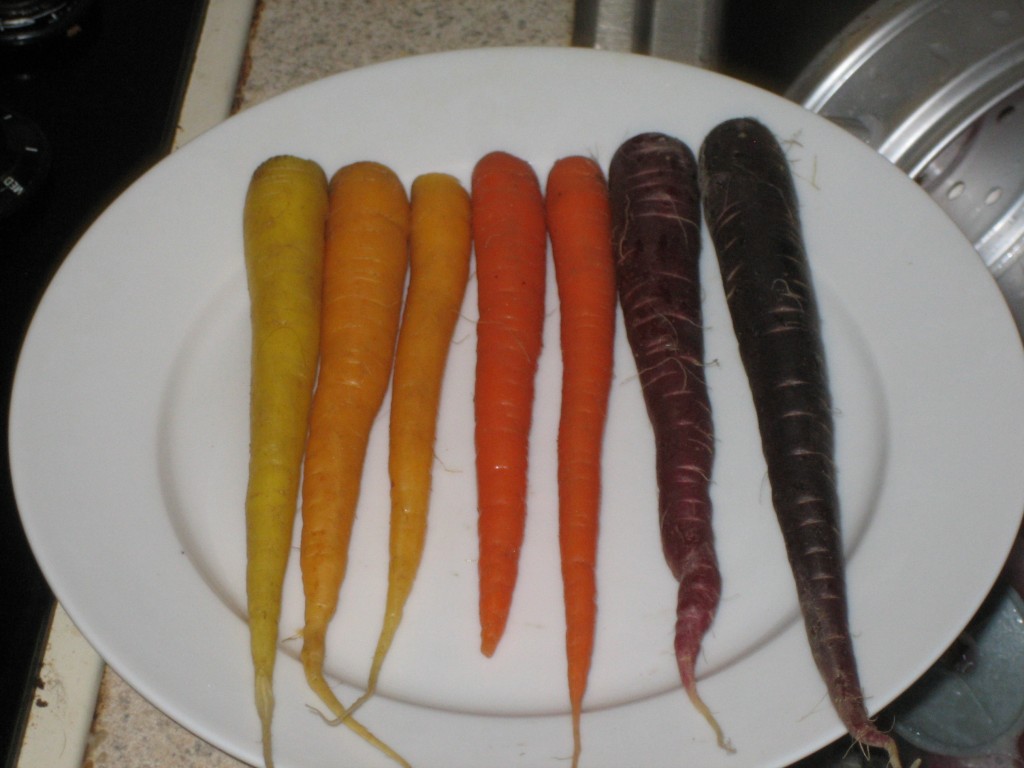In recognitions of the huge feasts many of us are or soon will be sitting down to, let us take a moment to think about the very fact that vast range of different foods human beings can eat might be the very reason we out competed other hominids (specifically neaderthals) with more specialized diets. Our ability and willingness to eat almost anything may have been the crucial edge we needed.
Picture a small, warm valley in Northern Europe that supported enough deer, wild cattle and sheep to support a band of neanderthals. If they reproduced too much (or another band of neanderthals moved in), the now-unsustainable harvest of prey would force them to disperse to better hunting grounds, and in time, with relaxed predation, the prey would likely repopulate the valley.
But if a band of humans moved in, they may not only help over-harvest the big game, but also refuse to leave when the game ran out. Maybe there’s still good year-round living to be made on rabbits, seeds, fish, grubs and berries. And while they’re out gathering, they’d certainly help themselves to any of the (now rare) big game that they came across.
Read more in MAT Kinase’s exciting post on the subject over at The Scientist Gardener.
In addition to the many other things I am grateful for, from my amazing family, to being able to work on such interesting science surrounded by such wonderful fellow researchers, and all the many other things that aren’t of any interest if you don’t know me personally, I am grateful for a digestive system that can handle fungus and the milk produced by other species to feed their own young, and insects, and grains, and fruits, and vegetables (including some vegetables that are just glorified leaves), and, of course, delicious turkey.
Edit: I’m also very thankful for readers of this site, and the fellow authors I’ve discovered through my writing here, too numerous to name. It’s good to know I’m not alone in my attempt to bring the public and science back together.
Edit 2: I also just realized this is my 250th post in 22 months writing on this site!

